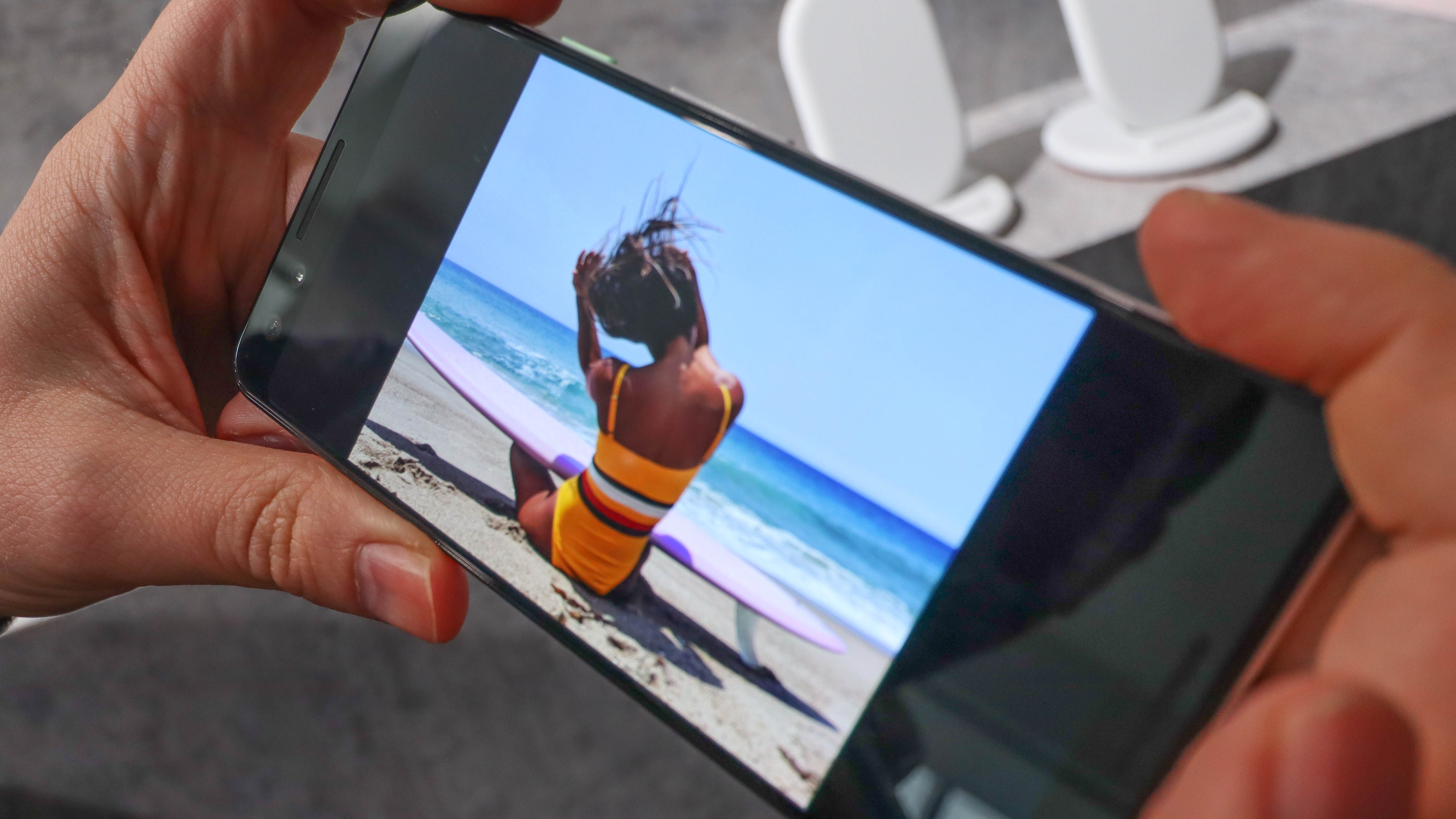Google Fi customers will get 5G from Sprint's network
MVNO gets 5G

Google Fi customers will get 5G, too – and unsurprisingly, they’ll get it through the service’s existing partnership with Sprint and use the latter’s 5G infrastructure once it’s rolled out, the companies announced in a press release.
As a mobile virtual network operator (MVNO), Google Fi already leases telecom networks from Sprint, T-Mobile, US Cellular and Three to provide service to its customers. So it’s not much of a surprise that Fi picked one of those to secure 5G functionality for its customer base.
But it is interesting that an MVNO has struck a deal that presumably gets them 5G at the same time as a telecom’s primary customers. Per the press release, Sprint’s 5G network is launching in the first half of 2019 and “when this rolls out, Google Fi customers with Sprint 5G compatible 'Designed for Fi' phones in a 5G coverage area will be automatically connected to the network.”
- Here are all the 5G phones we know about
- What is 5G anyway – and how much faster is it?
- Check out all the news from MWC 2019
That restricts Google Fi 5G hopefuls a bit, unfortunately. Despite opening Fi up to phones from Apple, Samsung and OnePlus, this means only Designed for Fi phones (seen here) work with Sprint's network. They'll need to be Sprint 5G compatible, too, though it’s unclear what that includes.
MVNO 5G with caveats, coming to cities first
Sprint’s 5G network will start in nine cities in the first half of the year, covering downtown metropolitan areas in Atlanta, Chicago, Dallas, Houston, Kansas City, Los Angeles, New York City, Phoenix and Washington, D.C.
Google Fi users will get 5G in these areas and automatically switch to Wi-Fi or LTE networks when moving between them, as the service works now. Of course, they need the right phone to use 5G at all, and they’ll need to be in a 5G coverage zone, naturally.
These zones might be smaller than you’re used to with LTE. Sprint isn’t launching its 5G service on millimeter wave as it lacks licenses to broadcast on the airwaves, instead opting for the 2.5GHz mid-band spectrum, which is faster than LTE but doesn’t reach as far, per The Verge. To augment coverage, Sprint will rely on its Massive MIMO radio tech, which it started rolling out last year to enable the company to offer both LTE and 5G on the same radio.
Get daily insight, inspiration and deals in your inbox
Sign up for breaking news, reviews, opinion, top tech deals, and more.
- Check out our list of the best Android phones
- Via Android Police
David is now a mobile reporter at Cnet. Formerly Mobile Editor, US for TechRadar, he covered phones, tablets, and wearables. He still thinks the iPhone 4 is the best-looking smartphone ever made. He's most interested in technology, gaming and culture – and where they overlap and change our lives. His current beat explores how our on-the-go existence is affected by new gadgets, carrier coverage expansions, and corporate strategy shifts.
